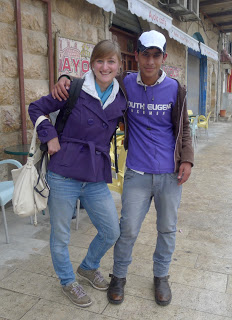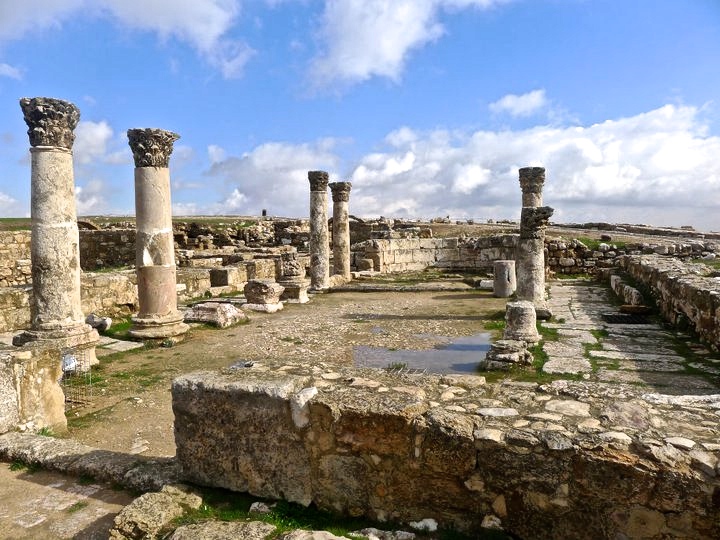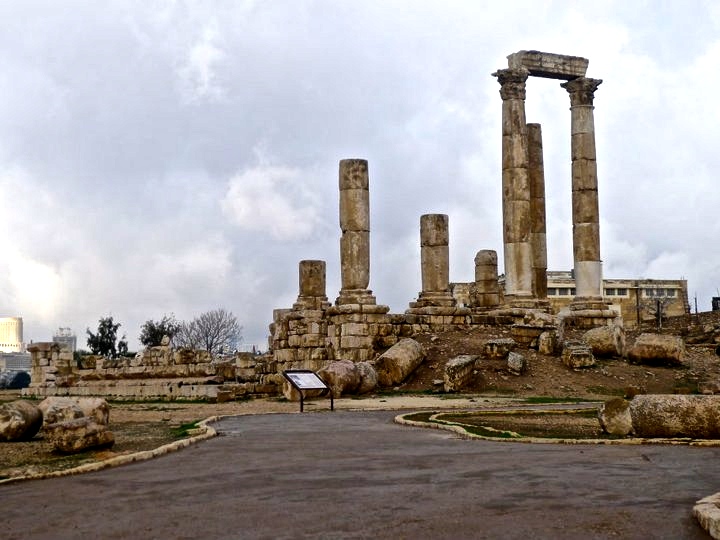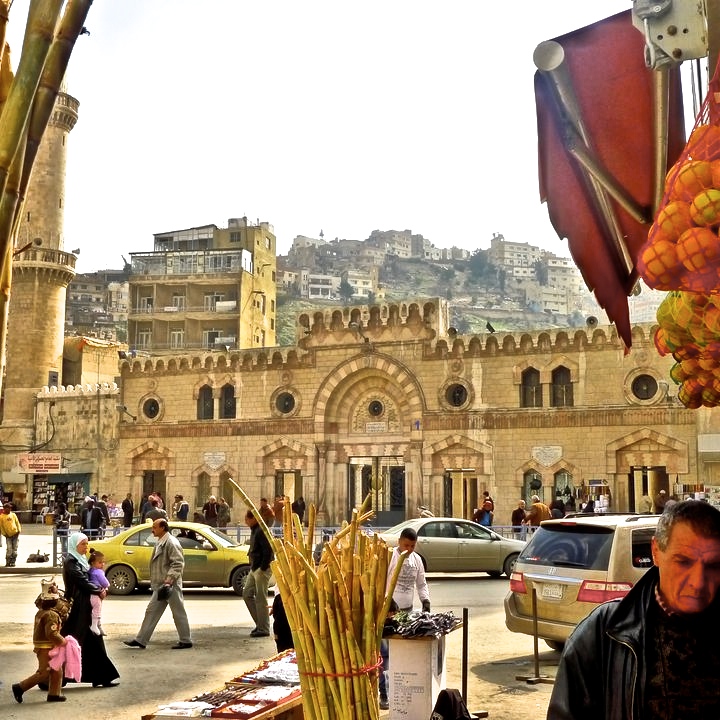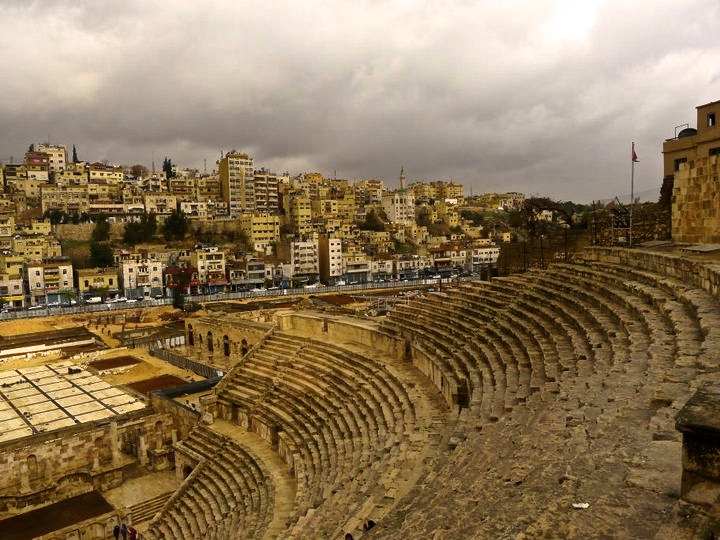
First Impressions of Amman
I arrived in Jordan in the middle of the Arab Spring, during a time filled with uncertainty for the future of the region.
All the reports I was reading on the news were predicting that Jordan would be next after Tunisia to erupt in chaos and, while I didn’t think too much of the headlines before leaving, I couldn’t quite shake the unsettling feeling in the pit of my stomach during my flight from the United States.
As soon as I arrived in Amman, however, I started to feel differently. The people on my program were all interesting and friendly and the city, though architecturally a bit underwhelming, immediately felt like home. And though I was filled with apprehension and nerves as I touched down in Amman, an overwhelming feeling of excitement and anticipation washed over me as I walked the streets of my new city.
Amman has about 2.5 million inhabitants and the city’s limits stretch out over a number of rolling hills. All the buildings are cream colored and four to five stories high.
Until recently, there was a rule in Amman that the buildings could not be too tall because they wanted the city to spread horizontally rather than vertically. As a result, Amman is a prime example of Middle Eastern urban sprawl.
Amman is really like any other large, modern metropolitan area replete with American food chains and very stylish people. It is city where tradition and modernity lay side by side. From the trendy coffeehouses of Rainbow Street to hole-in-the-wall falafel joints and from modern shopping malls to ancient ruins, the city of Amman has it all.
The crown jewel of Amman is the citadel, which sits atop one of the city’s many hills and gives a pretty view over the vast expanse of cream colored houses. The citadel was fortified in 1800 BC and contains Roman and early Islamic ruins.
It is the perfect place to bring a picnic and enjoy the sunset.
Jordan is a safe country. And while much of the Middle East has become embroiled in conflict since the uprising in Tunisia, the Hashemite Kingdom has been able to maintain its reputation as an island of stability. Though there is some underlying discontent, most Jordanians seem to genuinely like the monarchy and have little desire for a regime change.
Needless to say, the Arab Spring in Jordan is playing out quite differently from the rest of the region.
I am just hoping it all stays this way.
***
Note: Be sure to visit Carpe Diem Our Way for a more information on things to do in Amman.
